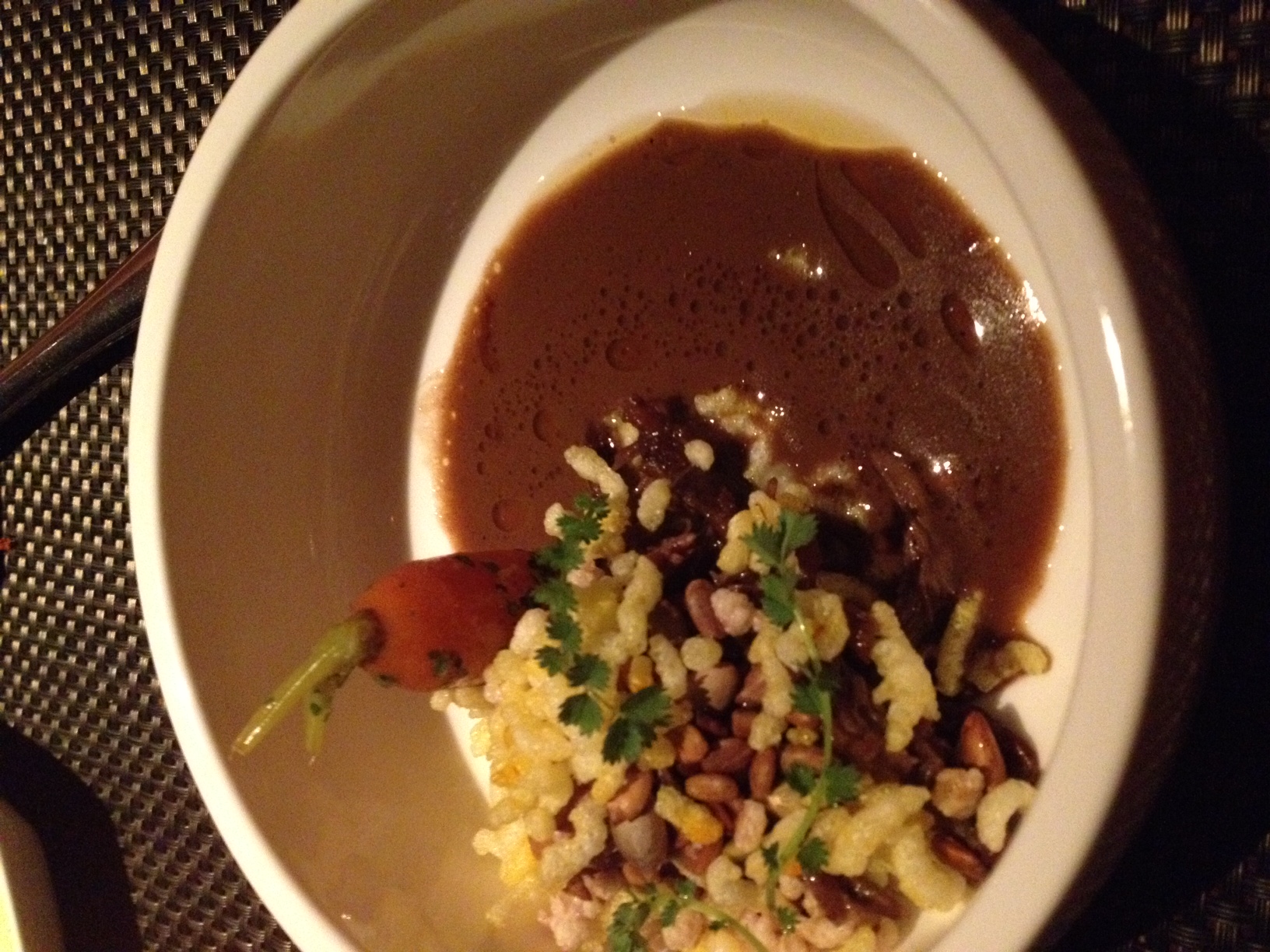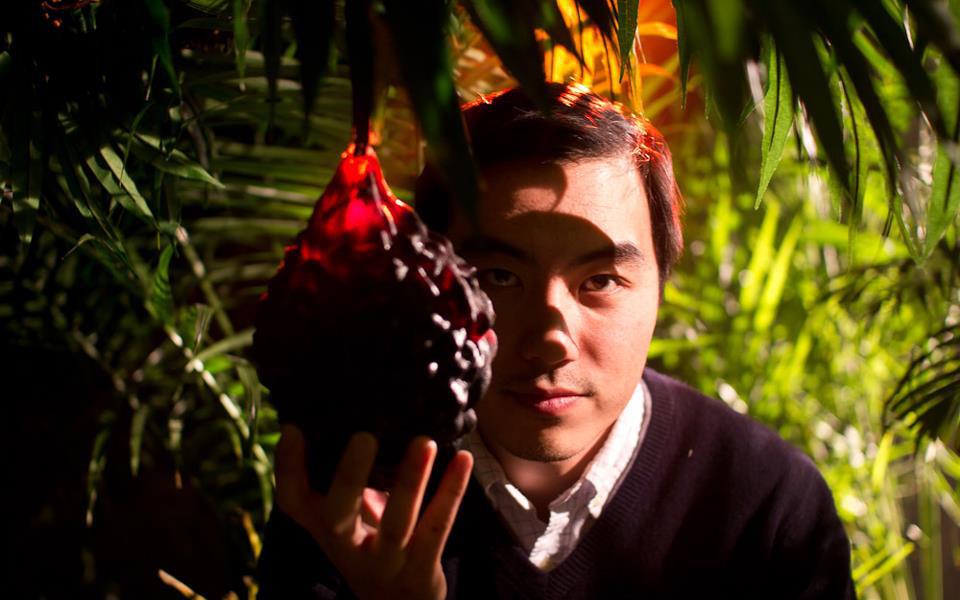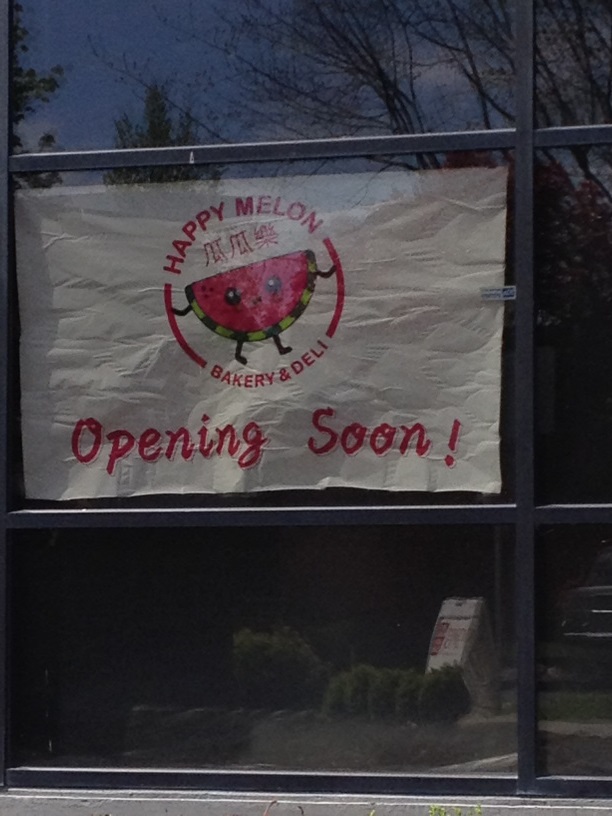“Shall I tell you the very worst amongst you?,” Mohammad asked. “Those who eat alone, and whip the slaves, and give to nobody.”
When I came across the foregoing quote in In a Persian Kitchen, a 50-year old cookbook that served as a primer for my recent North Vancouver adventure, it struck me as unduly harsh. I love eating alone, and don’t think there’s anything parsimonious about it. Surely solo diners don’t belong in the same category as slaveholders and Scrooges.
But a few hours after reading Maideh Mazda’s book, I was seated by myself at a table set for two. Working my way through Hamid Salimian’s spectacular Persian tasting menu at Diva at the Met, I began to understand what Mohammed meant. Here were plates teeming with physical and intellectual sustenance, and I wasn’t sharing. It felt inexcusably stingy to monopolize the meal’s joys.
So my advice is twofold: Go to Diva at the Met, and go with as many friends as you can finagle into joining you. You’ll want someone next to you when your fork glides through a thin sheet of chilled foie gras to land on crumbled halvah tarted with verjus and sweetened with dried figs.
And if you’re going, go soon. The kitchen’s yanking the Persian menu this weekend to make room for its springtime tasting. Diners will still experience the stray Persian accent – an eggplant here, a pomegranate there – but the eight-course menu is taking a sabbatical with no announced return date. It’s a shame, because the ingenuity and refinement of Salimian’s homage to his culinary heritage restores one’s faith in fancy.
The Georgia Strait sums up Diva at the Met as “haute West Coast cuisine prepared with high-tech methods,” which is an accurate description of everything but the Persian tasting menu, which roams from lamb brains to saffron rice pudding in very non-Canadian fashion. In food circles, folks tend to bat around the word “molecular,” but that’s not exactly right either.
“I wouldn’t really call myself a molecular chef,” Salimian told me in a phone interview a few days after my dinner. “I always try to achieve the best product. And to achieve my goals, I think about temperatures, timelines, colors.”
In the restaurant’s kitchen, Salimian looks the part of a molecular chef, precisely adjusting ingredients with silver chopsticks as long and slender as knitting needles. But he’s more apt to use his understanding of culinary science to perfect mayonnaise than pull edible pranks: According to a Straight story, he requires line cooks to test the pH of salad dressings for consistency’s sake, and checks the temperature of water before boiling a crab in it. But he doesn’t fool with sensory trickery. What likely accounts for his association with the molecular movement is his extraordinary attention to detail and preoccupation with textures.
To reinterpret his homeland’s cuisine for an upscale crowd, Saliman has tightened some flavors and liberated others, compressing romaine for a cool granita and stretching out the whey and mint notes that underscore his rendition of the classic ash-reshteh. His dishes brim with more sourness than usually shows up on high-end tasting menus, and he has a tendency to treat vegetables like fruits, extracting the natural sugars from onions and carrots.
“Persian food is so tasty, but it’s so rustic,” says Salimian, explaining why he’s developed a repertoire of 45 dishes rarely served in fine restaurants. “It never looks good when you want to take a picture.”
Salimian’s plates are stunning. But they’re crafted for feeling, not seeing: After sampling each of two lamb preparations and a plank of potato on a plate meant to suggest gheymeh, an iconic Persian stew, diners are prompted to mix the meats, potato and underlying yellow split pea soup into a messy heap.
“Food you need to hear, feel in your mouth,” Salimian says. “You need to be able to breathe for the flavor. The aroma comes first. Then the presentation.”
Few chefs are as skilled at exploiting crisp and crackle, plush and bounce. There’s a slurry of creamy lamb brains on a rough-hewn rice cake sprinkled with peppy onion yogurt powder (Salimian was so concerned about guest squeamishness that he used the French word for brains on the menu.) An orb of lemon mousse that looks exactly like a lemon has rosewater jelly at its center, brittle chickpeas crumbled around it and sticky, sugared leaves sculpted from cardamom compote alongside.
The mousse is the “youngest dish” on the menu, owing its inspiration to the period when “the French came over and spent a few years with us.” By contrast, the follow-up rice pudding, capped with a persimmon sorbet, is “so old school, so, so old school.” Salimian attributes the menu’s success partly to tradition.
“I think that’s why people like (the dishes),” he says. “We just twist them and make it more interesting.”
It also helps the restaurant’s reputation that Salimian is frequently on the floor, interacting with guests. He visited my table after learning I have an eggplant allergy, which is problematic when dealing with Persian food. “Usually we have a lot of eggplant, but not so much eggplant tonight,” he said so sincerely that it appeared happenstance favoring a stranger has caused him to breathe a sigh of relief.
A native of Iran, Salimian immigrated to Toronto in 1995, then four years later relocated to Vancouver, where he studied culinary arts at Vancouver Community College. Diva at the Met named him executive chef in 2011; In a poll conducted earlier this year by Straight, restaurant industry insiders selected Diva as the city’s most underrated restaurant.
There’s a “funny rumor” circulating in Vancouver that Salimian is leaving the city for San Francisco.
“I love San Francisco, don’t get me wrong,” he says. But, for now, he’s staying in Vancouver. Go see him while you can.











